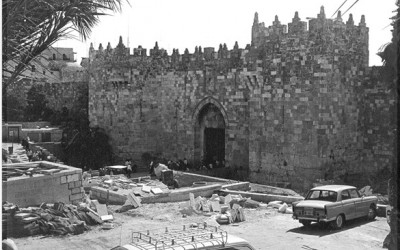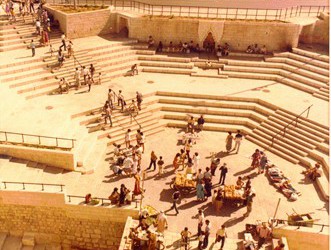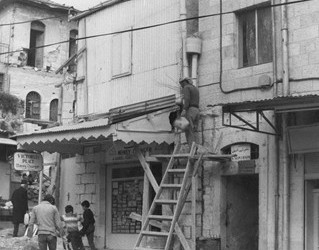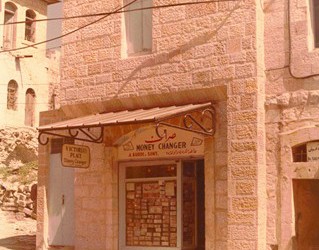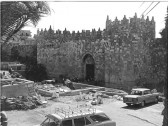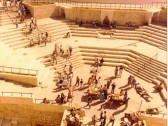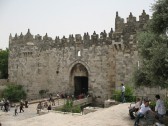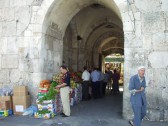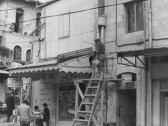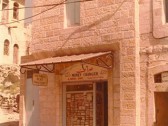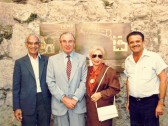About the project
Damascus Gate, also called Nablus Gate and the Gate of the Pillar, is the largest and most impressive of the entrances into the Old City, and the most heavily used entrance into the Muslim Quarter. The gate opens onto Nablus Road, which leads to the city of Nablus (Neopolis to the Romans), and, eventually to Damascus. The gate was constructed upon the remains of ancient gates built since the Second Temple Period. The Romans built a gate here to mark the connection between the road to Neopolis and the Cardo, their main north-south road through Jerusalem. At the end of the 3rd Century, the gate was integrated into the wall that was built around the city. Between 1537-1540, a new gate was constructed at a higher elevation as part of the restoration efforts of Ottoman Sultan Suleiman the Magnificent. During the British Mandate, the gate was again restored. Beginning in the late 1970s, architects Peter Bugod and Eunice Figueiredo took up a restoration project under the auspices of the Jerusalem Foundation. The effort was conducted in three phases. The first phase, in 1981, addressed deficiencies at the gate’s outer area, including inadequate approaches for the delivery of merchandise, inadequate parking facilities, poor access and circulation, and general neglect. The solution involved reconfiguring the entrance as a plaza in the design of an amphitheater. The second phase of improvements involved renovating the street and shops inside the gate in 1982, including the replacement of roofs, repair of storefronts, installation of stone paving and improvements to sewage, water, electricity and drainage. The third phase focused on the archeological remains beneath the gate in 1985. Roman relics, including a previous gate, a guardroom and a staircase leading to the top of the rampart were preserved and opened to the public as an archeological garden.

